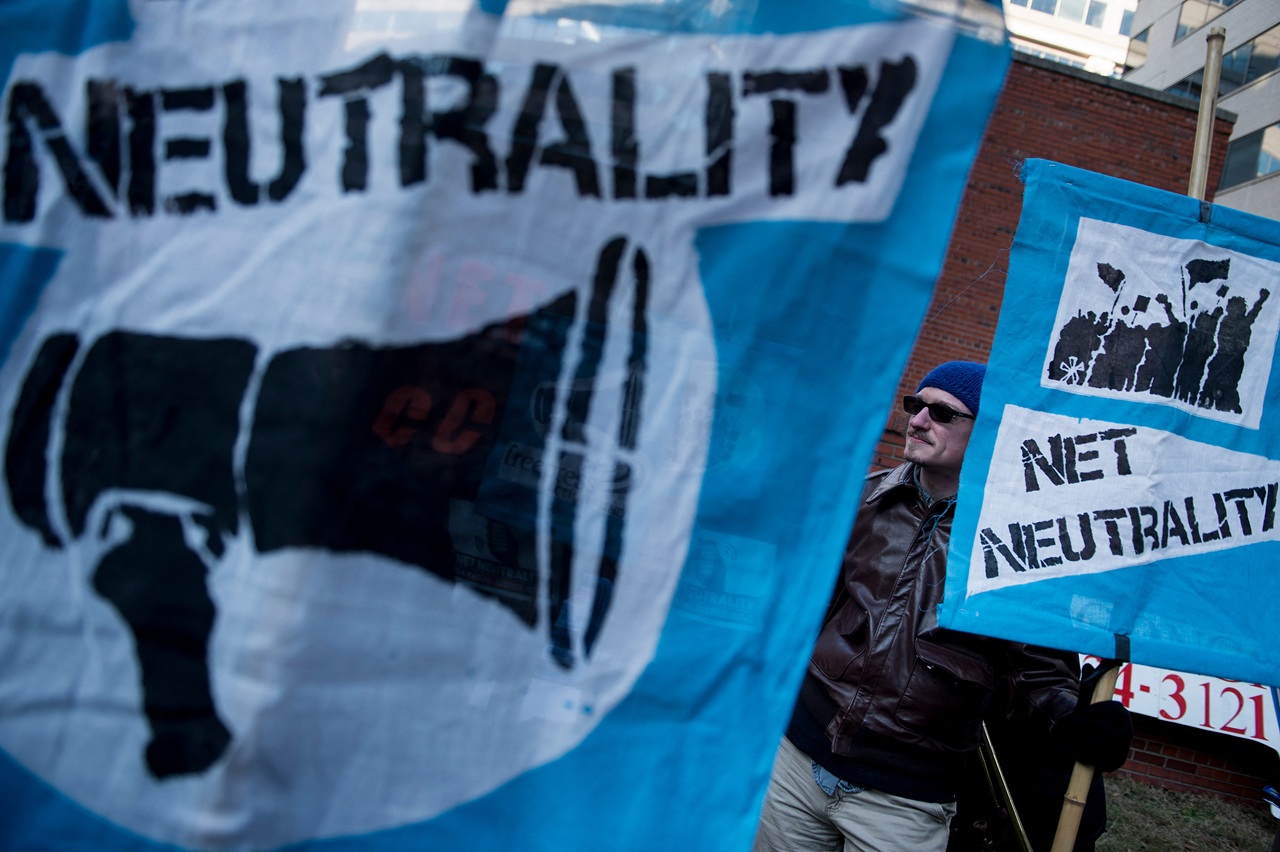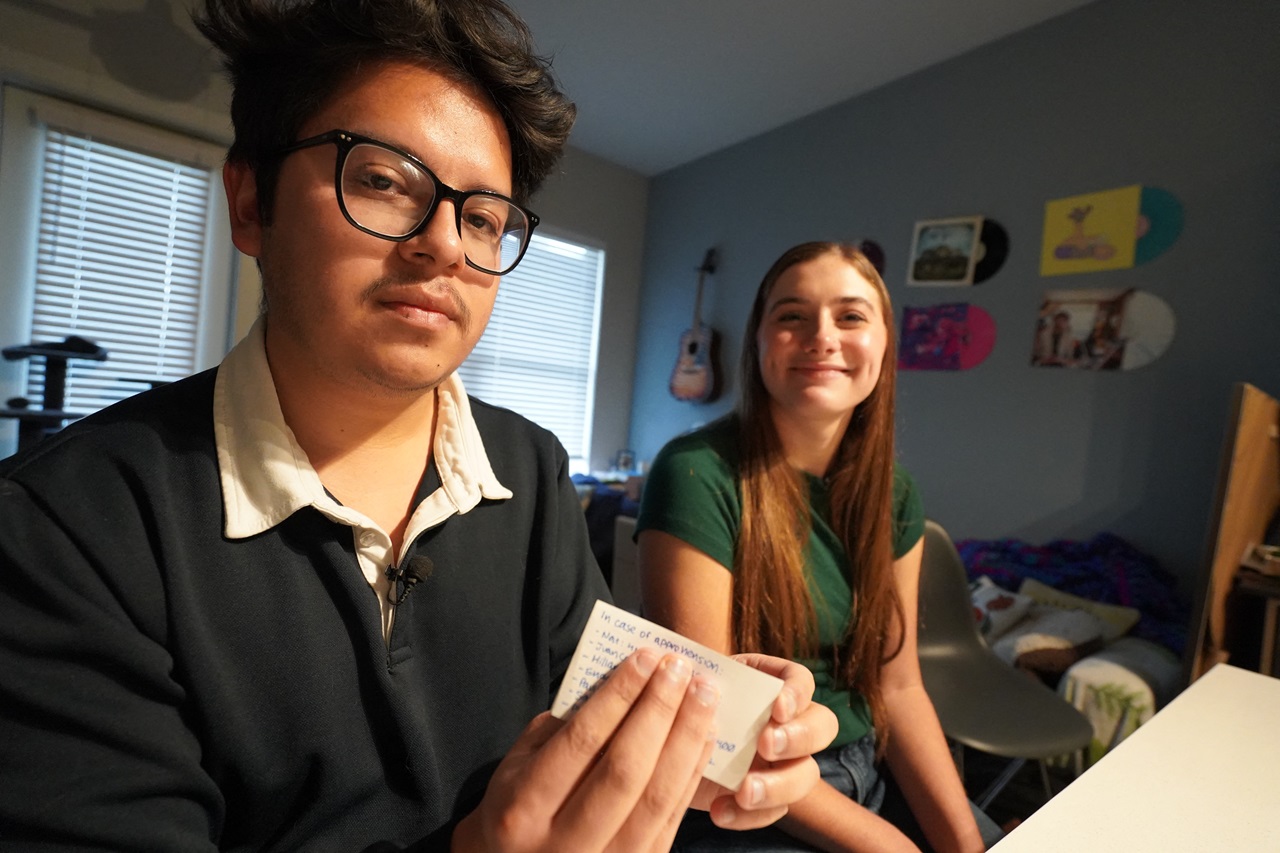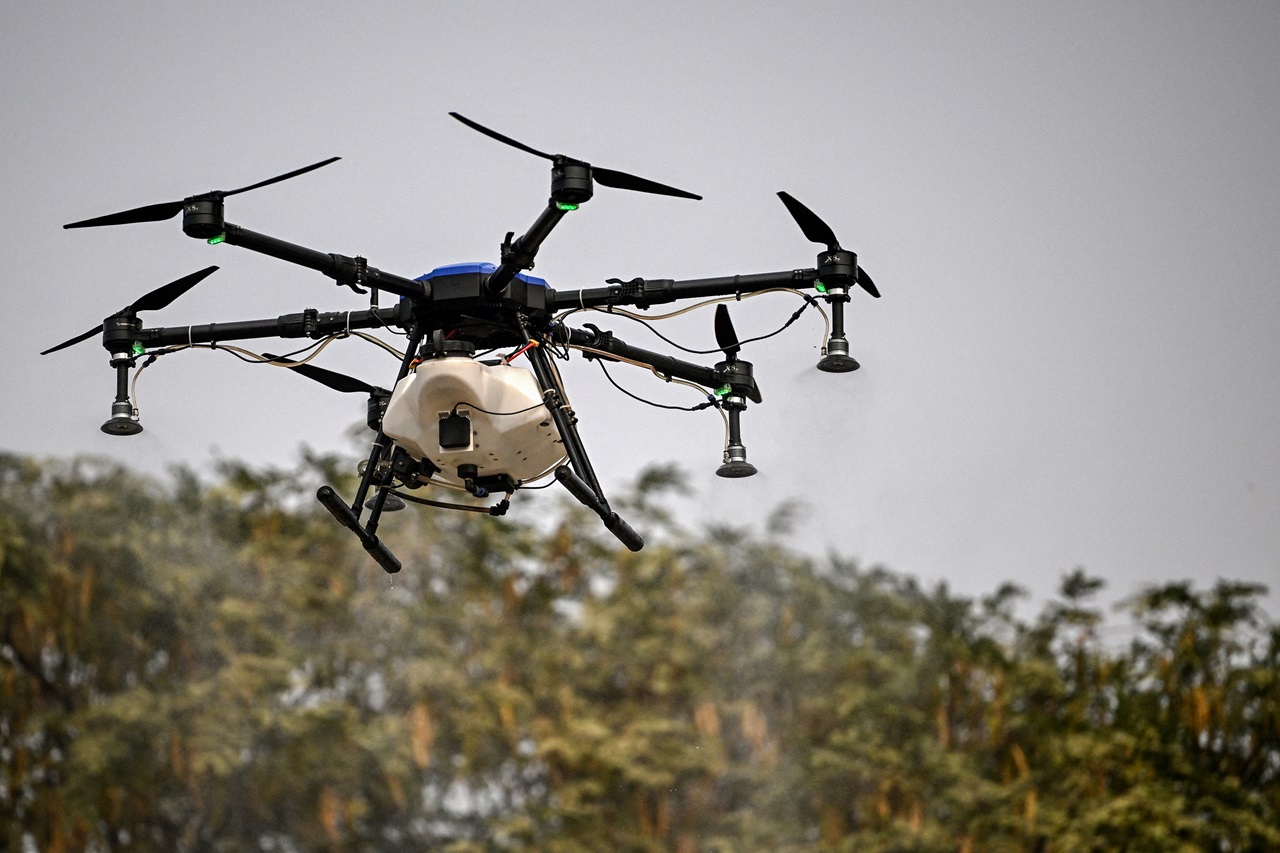
New data reveals how New York disbursed aid to undocumented immigrant victims during Hurricane Ida
Data first obtained by City Limits show the state gave out just over $2 million of the $27 million set aside for the relief fund.
Less than a month after Hurricane Ida first made landfall that killed 17 people and damaged thousands of homes and other property in September 2021, New York City and the state announced a $27 million relief fund for undocumented victims who could not qualify for aid from the Federal Emergency Management Agency (FEMA) over their immigration status.
Initially labeled as an historic program, it was the first time that New York had created a relief program for undocumented families that had been excluded from other assistance.
Six community-based organizations (CBO) oversaw both the application process and the distribution of funds while under the supervision of the New York State Office for New Americans (ONA). The program closed at the end of last April, over a year after Ida first hit.
The state has also extended the window various times.
According to recent data shared with City Limits, as of January, the program had only disbursed a little over $2 million of the allocated $27 million, with roughly 200 applicants still waiting on funds.
The data reveals that 405 of the 554 individuals who applied for the program have been approved, meaning they filed and documented their losses correctly.
According to New York’s Department of State, of those 405 who were approved, 352 have received funds already with the majority of the funds given to applicants in the Queens neighborhood, where the most of Ida’s fatalities took place and it wrought the most damage.
Representatives from the CBOs overseeing the application process told City Limits that it is a long process from screening to approval.
The application process “is rather long and cumbersome,” said Becca Talzek, deputy director of Make the Road New York, one of the CBOs. “It requires a lot of documents.”
Applicants have to provide documentation of their losses with photos and receipts while in certain cases such as dealing with the loss of a car, applicants have to purchase a new car before they can be reimbursed, which for many immigrant victims, is the hardest part of the process.
Of the 323 applications Make the Road received, Talzek says that 252 were able to successfully turn in the correct paperwork to get approved for relief.
RELATED CONTENT
Several local lawmakers have called on the city and state to reopen applications with over tens of millions of dollars still unused, including State Sen. Jessica Ramos and Assemblymember Jessica González-Rojas, who called on New York City Mayor Eric Adams and New York Governor Kathy Hochul in a letter to once again extend the application period through October 2023.
“Our communities continue to suffer from damages caused by Hurricane Ida due to the extent of destruction and the difficulties our constituents have faced in applying for and receiving assistance,” the lawmakers wrote, according to Spectrum NY1.
Though not much has changed as City Limits would find out. When they last checked in on the effort last September – Ida’s anniversary – they found that only 22 additional people had received aid, with $158,961 doled out between then and mid-January.
Advocates and representatives from the CBOs have suggested that any unused funds go to another relief program for the same community, or create a permanent fund for future undocumented victims.
“Money has been going out the door for the last year,” said Mercedes Padilla, a spokesperson for New York’s Department of State. “If every eligible person currently enrolled in the program receives the full amount of funding, we’ll get through the entire fund.”
Even though households can receive up to $72,000 in aid, the average each applicant received was just $5,825.
Most of the disbursed funds went towards what the fund calls “other needs,” which includes funeral assistance, child care, vehicle damages, and moving.
Another $592,096.98 has been given for housing, such as repairs, payments for temporary stays in hotels or motels, and rental assistance.











LEAVE A COMMENT:
Join the discussion! Leave a comment.